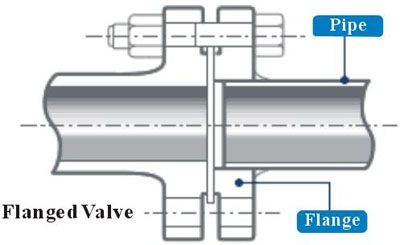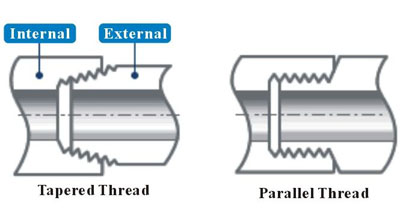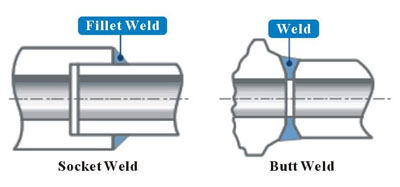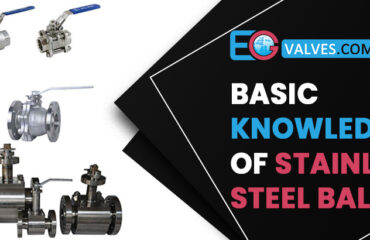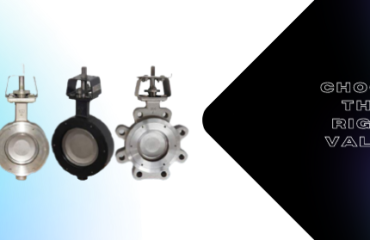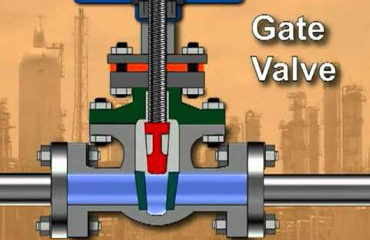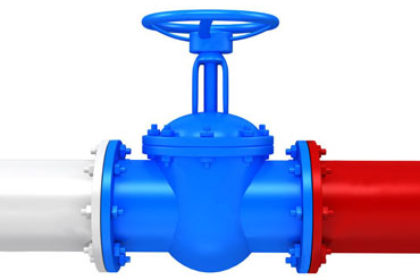
A valve cannot operate if it is not connected to a pipe from a pipeline system. China Valve and pipe connections are therefore of great importance. The connection work must be carried out carefully so as not to cause a leak or damage after connecting the valve. Valves may sometimes be classified according to the configuration of the end connection. Three basic configurations are briefly explained here: flanged connection, threaded connection, and welded connection.
Flanged Connection
End connections are in the shape of a flange and the two flanges are connected using bolts and nuts. Flanged connections are the most common method of connecting valves, regardless of the pressure level (from low to high-pressure levels) and valve size (from small to large valves).
Threaded Connection
The china valve is connected to the pipe using pipe threads. This connection type is used primarily for relatively small valves, not exceeding 2 inches with a pressure level of 1 MPa or lower. Unlike other connection methods, the threaded type does not require small parts (bolts and nuts, etc.), making it economical. However, this type of connection is difficult to repair. There are two types of threading: internal and external threads, and tapered and parallel threads. Most valves employ the tapered thread type.
Welded Connection
The valve is welded directly to the pipe. This connection is usually used where perfect shutoff of leakage is crucial, for example in high-temperature and high-pressure pipeline systems. There are two types of weld: socket weld and butt-weld.
1) Socket weld
The welded end of the valve is formed in the shape of a socket, into which the pipe is inserted and then welded to the valve. This connection is used primarily for small valves, not exceeding 2 inches.
2) Butt weld
The valve and pipe ends are abutted to each other and then welded to form the connection. The two butt edges are beveled for jointing. This connection method can be used for industrial valves of any size.

